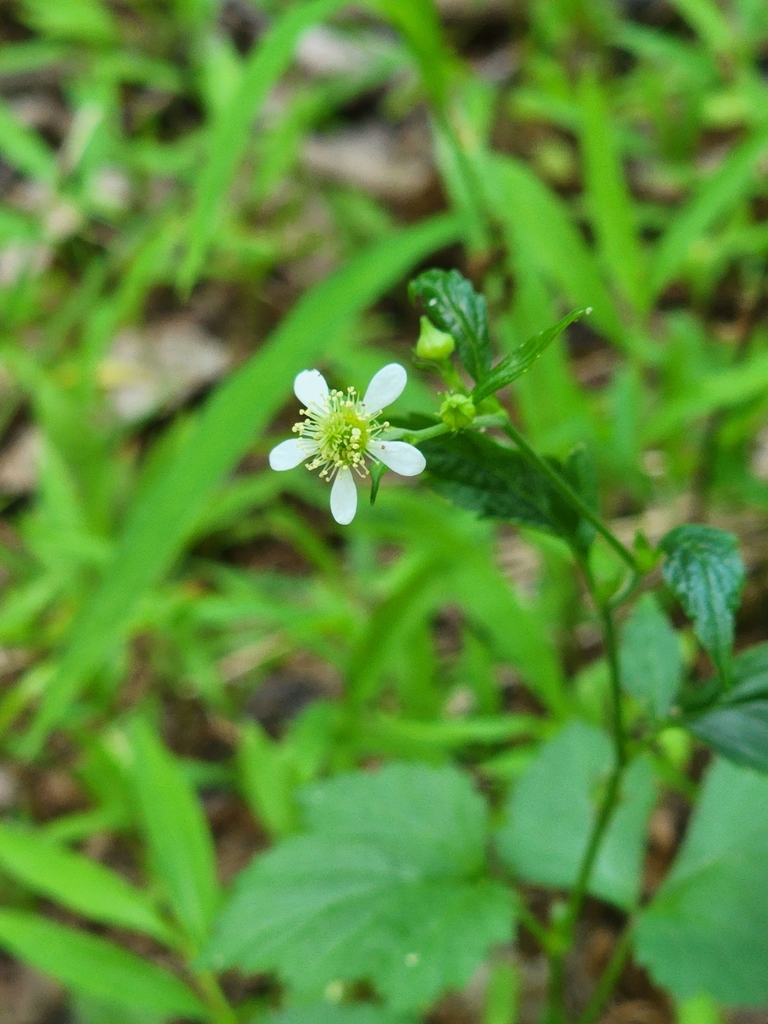|
| Common Animals Fish Mushrooms Flora |
|
Rubus pensilvanicus |
July: Berries start ripening.
May cause skin irritation when harvested. Used in folk medicine for colds and digestive issues. Berries store well and often dried for winter.
Stems strong, with numerous stiff thorns. Berries large, shiny, ripen in late summer.
Grows along roadsides, forest edges, and shrub thickets Aggressive grower, can form dense thickets
Berries harvested in August–September, firm in texture. Caution: stems are covered with strong thorns.
Berries are durable, good for transport. Suitable for drying, jams, juice, and wine. Recommended to boil or dry.
Berry: Black or dark purple, sweet-sour, with firm skin
Leaves: Used in medicinal infusions for colds and diarrhea
Leaves: Used in medicinal infusions for colds and diarrhea
Rough Raspberry Wine (Fermentation)
Rich taste, dark color, strong
Rich taste, dark color, strong
1. Crush berries, add sugar (1 kg per 1 kg berries) and water.
2. Add wine yeast, ferment for 7–10 days.
3. Strain, bottle, and age for 1–3 months.
2. Add wine yeast, ferment for 7–10 days.
3. Strain, bottle, and age for 1–3 months.
Rough Raspberry Leaf Tea (Infusion)
Has anti-inflammatory effect
Has anti-inflammatory effect
1. Brew 1 tbsp dried leaves in 250 ml boiling water.
2. Steep for 10 minutes, strain.
3. Drink warm 2–3 times a day.
2. Steep for 10 minutes, strain.
3. Drink warm 2–3 times a day.
Dried Rough Raspberry (Drying)
Stores well, great for winter tea
Stores well, great for winter tea
1. Rinse berries, pat dry.
2. Spread on rack and dry at 40–50°C for 6–8 hours.
3. Store in a glass jar with a lid.
2. Spread on rack and dry at 40–50°C for 6–8 hours.
3. Store in a glass jar with a lid.
Rough Raspberry Pie (Baking)
Bold taste, forest berry aroma
Bold taste, forest berry aroma
1. Prepare shortcrust pastry, place in a baking form.
2. Mix berries with starch and sugar, spread over pastry.
3. Bake at 180°C for 35–40 minutes.
2. Mix berries with starch and sugar, spread over pastry.
3. Bake at 180°C for 35–40 minutes.
 United States · North Carolina · Alamance
United States · North Carolina · Alamance

















